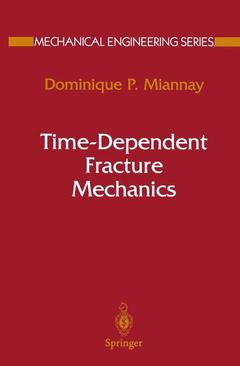Intended for engineers, researchers, and graduate students dealing with materials science, structural design, and nondestructive testing and evaluation, this book represents a continuation of the author's "Fracture Mechanics" (1997). It will appeal to a variety of audiences: The discussion of design codes and procedures will be of use to practicing engineers, particularly in the nuclear, aerospace, and pipeline industries; the extensive bibliography and discussion of recent results will make it a useful reference for academic researchers; and graduate students will find the clear explanations and worked examples useful for learning the field. The book begins with a general treatment of fracture mechanics in terms of material properties and loading and provides up-to-date reviews of the ductile-brittle transition in steels and of methods for analyzing the risk of fracture. It then discusses the dynamics of fracture and creep in homogeneous and isotropic media, including discussions of high-loading-rate characteristics, the behavior of stationary cracks in elastic media under stress, and the propagation of cracks in elastic media. This is followed by an analysis of creep and crack initiation and propagation, describing, for example, the morphology and incubation times of crack initiation and growth and the effects of high temperatures. The book concludes with treatments of cycling deformation and fatigue, creep-fatigue fractures, and crack initiation and propagation. Problems at the end of each chapter serve to reinforce and test the student's knowledge and to extend some of the discussions in the text. Solutions to half of the problems are provided.




